BEFORE TRAVELLING
SHIPMENT PROTOCOL SHIPMENT PROTOCOL
Entry:
- Pedestrian entrance: Gates 1 and 2. (next to the Faucett InOutlet)
- Vehicle access through the freeway: only to drop off passengers. Without cost.
- To enter the terminal, check the corresponding door.
- Passengers with hold luggage, entry is through gates 7 and 9.
- Passengers with hand luggage, gate 11.
- Passengers with preferential attention, door 8.
If you need to check-in, you can do it at the counter of your airline, if not, go to the entrance to board.
Shipment
- Each passenger is responsible for reviewing the requirements of the country of destination.
LANDING PROTOCOL
Disembarkation
- Peruvians, resident foreigners and non-resident foreigners aged 12 years and over whose final destination is the national territory, as passengers and regardless of the country of origin, must prove that they have completed the dose of vaccine against COVID-19, fourteen ( 14) days before boarding at your point of origin; failing that, they can present a negative molecular test with a result date no greater than 72 hours before embroidering at their point of origin. Those under twelve years of age only need to be asymptomatic to board. Those people who show symptoms when entering national territory enter mandatory isolation, according to regulations on the matter.
- Peruvian passengers and resident foreigners from the Republic of South Africa and the Republic of Botswana, or who have made a stopover in these places, must prove that they have completed, in Peru and/or abroad, their vaccination schedule against COVID-19. 19 and have a negative molecular test with a result date of no more than 48 hours before boarding at their point of origin. The entry into the national territory of non-resident foreigners from the Republic is suspended until January 2, 2022. from South Africa and the Republic of Botswana, or who have made a stopover in these places in the last 14 days.
- The National Health Authority is empowered to take molecular tests (PCR) for passengers arriving in the country, establishing complementary health measures for positive cases among those from countries with cases of community infection due to the variants of concern of the disease. COVID-19, or who have made a stopover in these places.
- If you have had the disease, you must present a health document from the country of origin that certifies the discharge status of COVID-19 in the period of up to 3 months prior to the trip.
- The “Electronic Sworn Declaration of Health, and commitment to carry out the isolation or quarantine of the traveler”, which can be found on the website of the National Migration Superintendence (http://e-notificacion.migraciones.gob.pe/dj-salud/)
- Both documents mentioned above must be kept since they can also be requested in Peruvian territory.
Domestic nationals:
Connecting flights

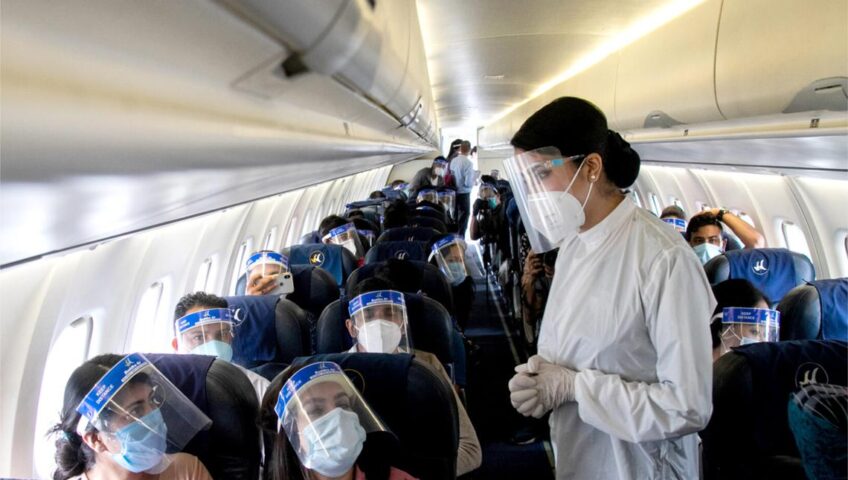
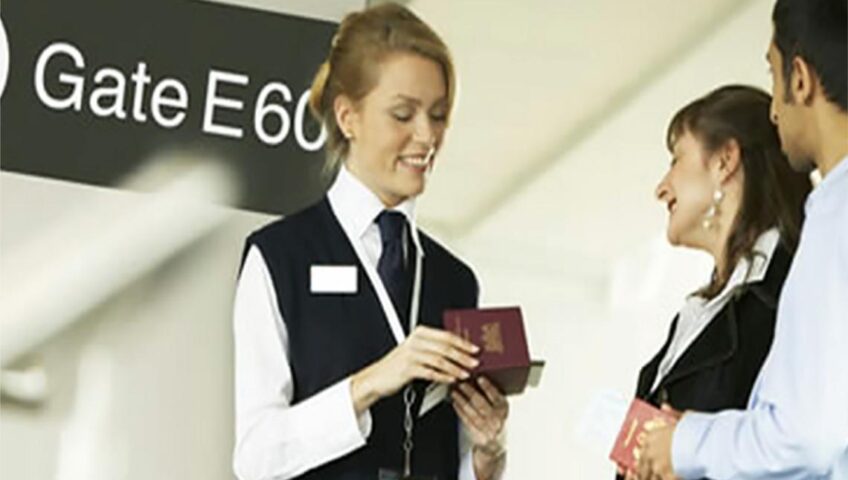
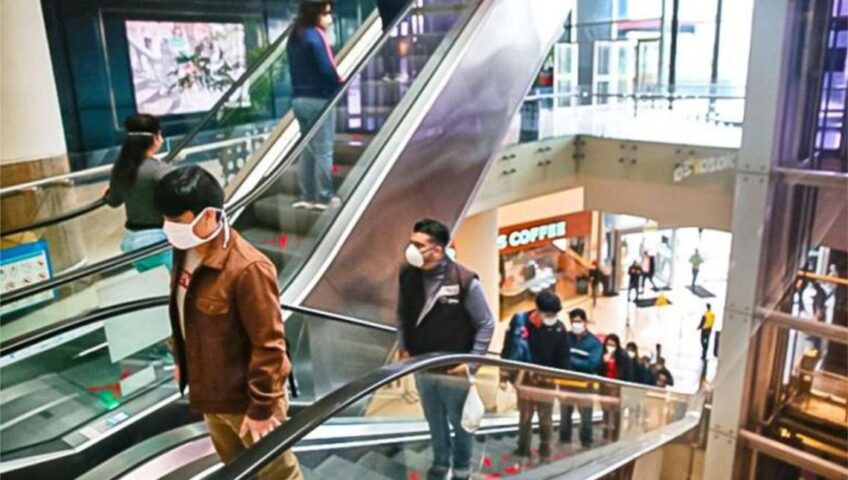
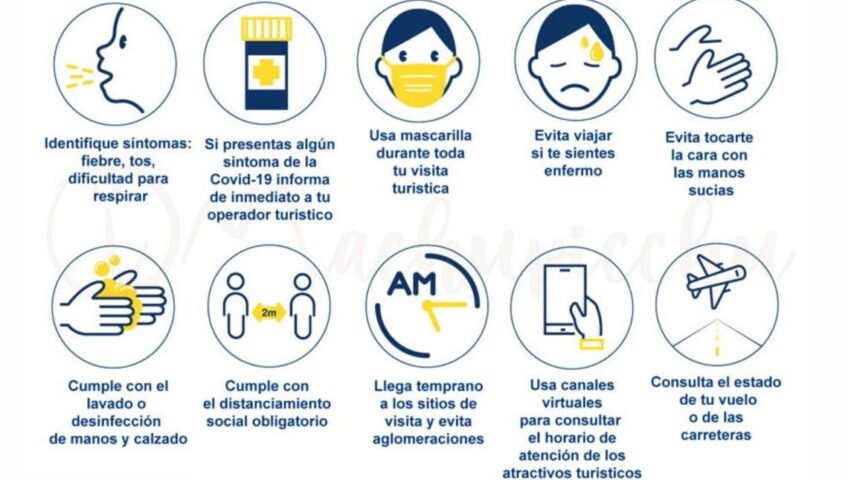
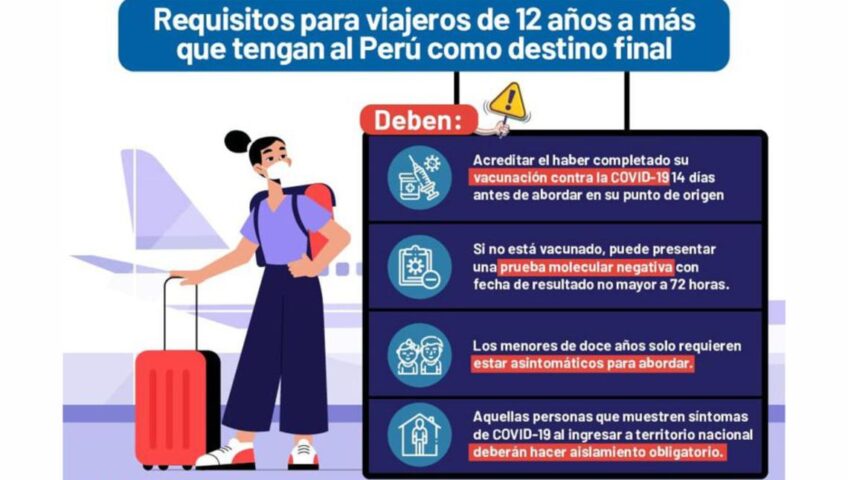
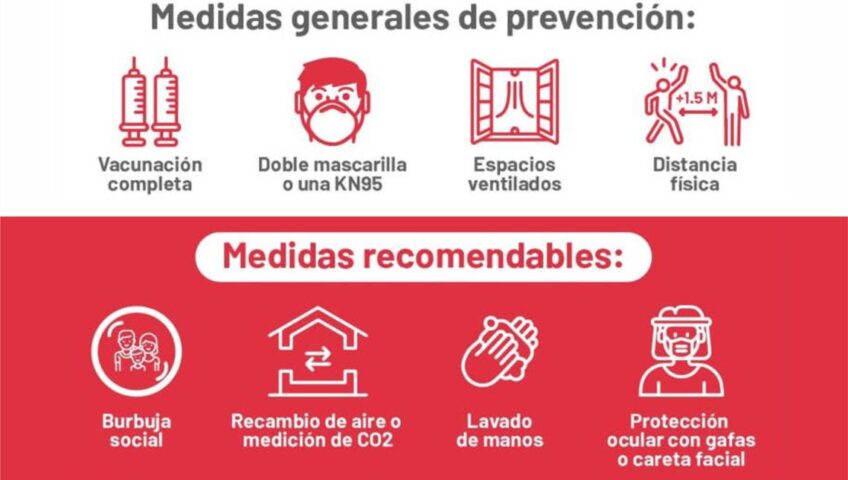
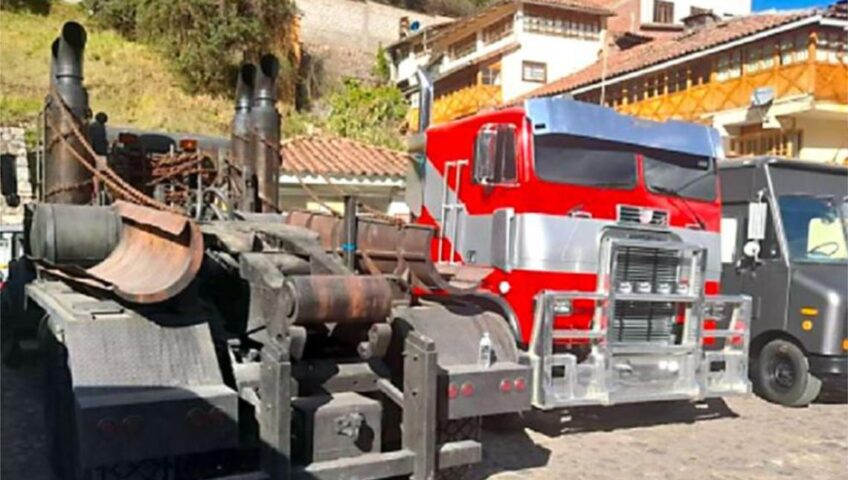

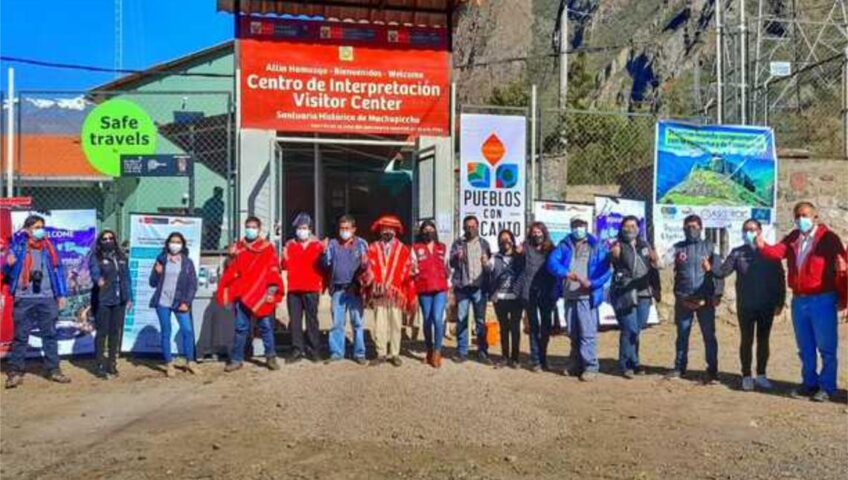
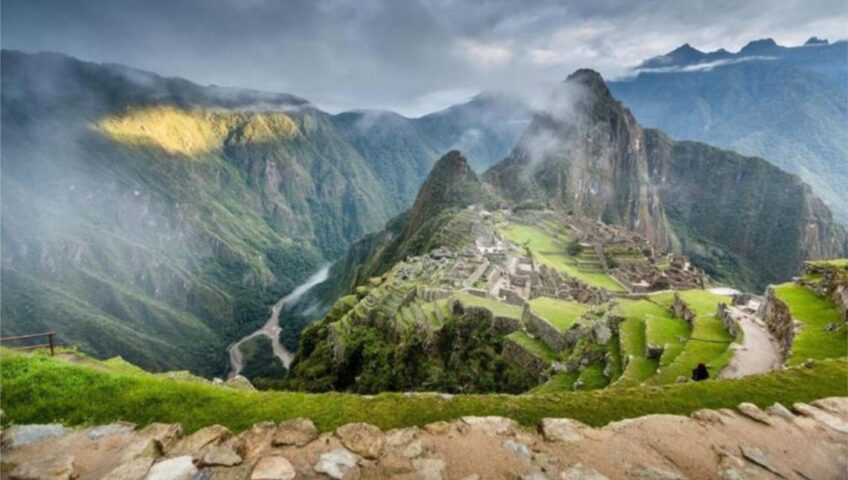
Recent Comments